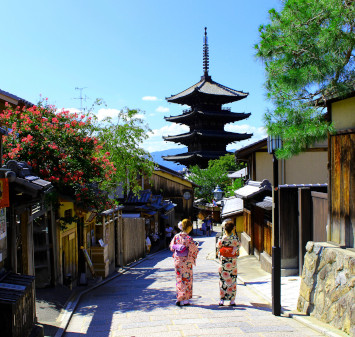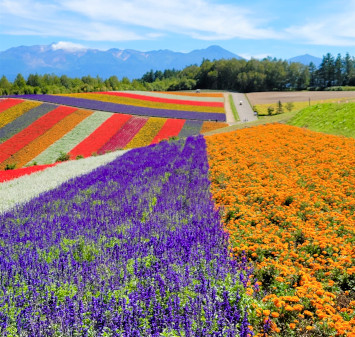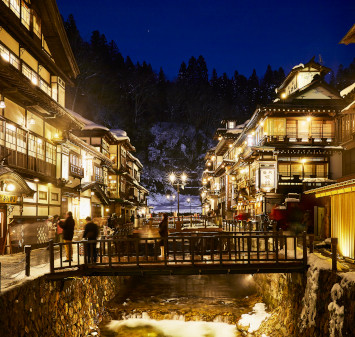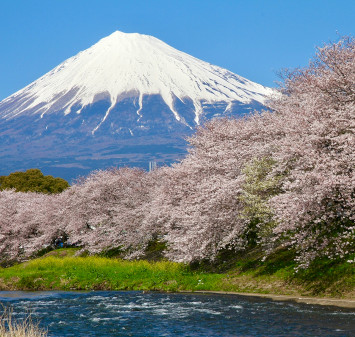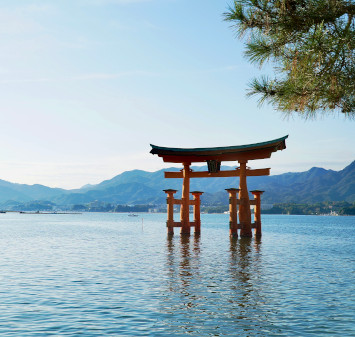SAVOR JAPAN
Search by Area
Editor's Picks
Chef's Recommendation
Feature Stories
Learn more![]()
The Deep Insights into Japanese Cuisine
Learn all about Japanese cuisine and hospitality in Savor Japan's in-depth videos.
The more you know, the more interesting it becomes.
Japanese Dining Etiquette
Polish your Japanese table manners with tutoring from experts.
Impress your friends with your knowledge and skills.
![]()
Discover Oishii Japan
On the menu
-
Maguro. Japan's best-loved sashimi.
-
Deep-sea fishing vessels chase maguro (tuna) around the world to meet demand throughout the year in Japan. Maguro is also caught more locally off the coast of Japan in the spring and summer. At any time of the year, we recommend trying various cuts of maguro. The most sought-after part is the rich and fatty belly, called otoro (fatty tuna), which is somewhat expensive. The firmer, reddish akami (lean) and chutoro (medium窶診atty tuna) are also flavorful and quite popular. More uncommon parts worth trying include the cheek and top of the head. Why not try them all and discover your favorite part! Tuna in Japan is generally eaten as sashimi or sushi, but some parts are best enjoyed simmered or grilled with salt.
-
The fruit with a juicy price tag. Melon.
-
Various types of melon are grown in Japan. The king is Yubari melon, a brand from Hokkaido with incredibly sweet and delicious bright-orange flesh. Yubari melon and other brand melons certified by the Ministry of Agriculture are expensive and typically purchased for use as fancy gifts. You can sometimes find them at reasonable prices in supermarkets, but they are generally sold at first-class fruit shops. Melon pan (sweet bun with melon-like crust) and bright green melon soda are also popular in Japan. Both are delicious and worth trying, but be forewarned that neither tastes at all like melon.
-
Light tasting and luxurious in summer. Isaki.
-
The best season for isaki, known as grunt, is late spring to summer. These delicious white-flesh fish follow the warm Kuroshio Current and are mainly caught off the coast of southern Japan. When served as sashimi, their white meat has a rich flavor like tai (sea bream). They can be simmered or grilled to intensify the flavor, and are perfect for frying and meuniere as well. Isaki comes to market at the end of spring and early summer and is commonly sold during tsuyu (rainy season). Gourmets grill them with salt and eat them with cold sake to lift their spirits during the damp rainy season. You can find isaki at restaurants that serve set meals and at izakaya (taverns) near markets.
-
Enjoy beautifully marbled Hidagyu, Japan's best beef for steak.
-
Hidagyu (Hida Beef) is one of the finest varieties of Wagyu (Japanese beef). Other renowned Wagyu varieties include Matsuzaka beef, Kobe beef and Oumi beef. The name Hidagyu only applies to extremely high-quality beef from black-haired Japanese cattle that was raised in Gifu Prefecture for at least 14 months and graded class 5, 4 or 3 by the Japan Meat Grading Association. In 2002, Hidagyu was crowned the best beef in Japan at the 8th "Olympics of Wagyu", which is held every five years.
-
Delicious Toriten "chicken tempura" from Oita. Perfect with Japanese sake.
-
Karaage is the most common type of fried chicken in Japan. But there is a similar dish called Toriten that is also quite popular. Toriten chicken is battered and deep fried like tempura, while Karaage chicken is coated with flour or potato starch and fried in light oil. Karaage is sometimes eaten with mayonnaise, whereas Toriten is almost always eaten with mustard or ponzu sauce made from soy sauce, vinegar and Japanese citrus fruit. According to rumors, Toriten is so popular in Oita Prefecture, Kyushu (where it originated) that it once put a certain American fast-food fried chicken restaurant out of business in the area.
-
Melt your heart with the soft texture and sweetness of Amaebi shrimp.
-
Sweet Amaebi shrimp herald the arrival of spring in Hokkaido. Unlike other shrimp, they are best enjoyed raw because cooking diminishes their sweetness. Light pink when fresh, they are commonly served as sashimi or sushi. Their heads may be included as decoration or added to miso soup to enhance its flavor. Amaebi eggs, seasonal in spring, are also a delicacy in Japan.
Japanese food glossary
Japanese enjoy foods in season.
Learn about the seasonality of Japanese ingredients.
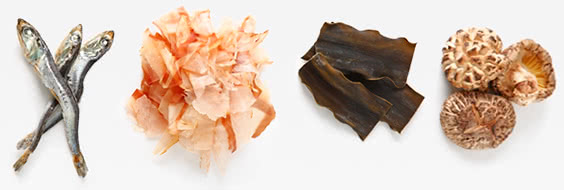
More to Savor
Recent Posts
- 7 Best Tonkatsu Restaurants in Tokyo: A Cutlet above the Rest
- 6 Delectable Japanese Beef Dishes from Gyutan to Hambagu
- Tokyo Sukiyaki Restaurant Guide: 9 Simmering Hot Pot Havens
- Best Thai Restaurants in Tokyo and What to Eat There
- Robatayaki: Japan’s Lesser-Known But Unmissable Grilled Dining
![]()






